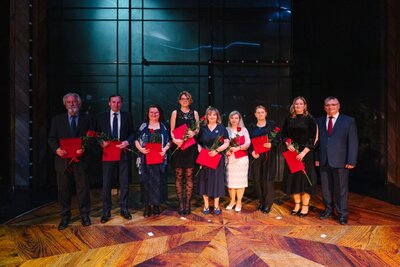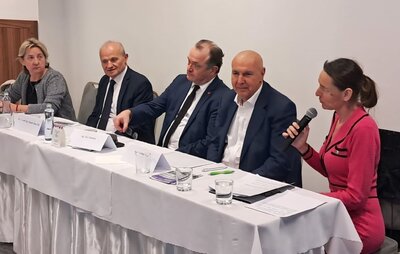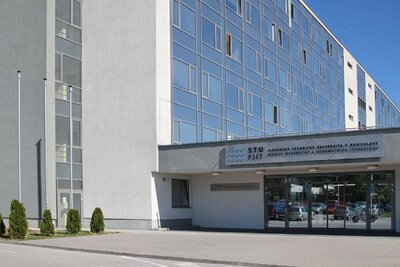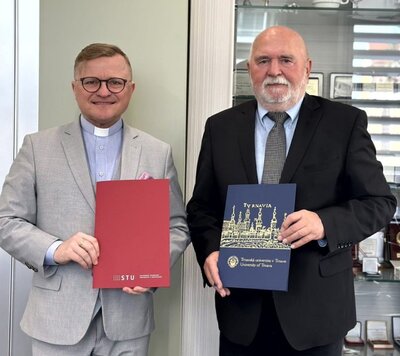TIME IN MOTION, A comparative study of subjective time perception
Mgr. art. Petra Huraiová, ArtD.
Fakulta architektúry a dizajnu STU v Bratislave
Abstract:
In today’s fast-paced society, time often feels like it’s slipping away more quickly than ever before. The constant stream of information, rapid technological advancements, and visual overload from screens have all contributed to a heightened sense of urgency and acceleration in daily life. This modern experience raises questions about how the pace of society interacts with our subjective perception of time. Visual stimuli, particularly in environments saturated with motion, advertisements, and digital content, play a significant role in shaping how fast or slow we feel time is passing. As our world speeds up visually, our sense of time may follow. Understanding the relationship between visual stimuli and time perception has broad implications for areas like design, virtual reality, and cognitive psychology, revealing how our sensory experiences shape our sense of time.
DOI: 10.61544/BZOY1200![]()
Literatúra:
BACCARANI, A., GRONDIN, S., LAFLAMME, V., BROCHARD, R. 2021. Relaxing and stimulating effects of odors on time perception and their modulation by expectancy. Attention Perception Psychophysics 83, 448–462. https://link.springer.com/article/10.3758/s13414-020- 02182-0. Accessed 20 March 2023.
BRIGNER, W. L. 1986. Effect of Perceived Brightness on Perceived Time. Perceptual and Motor Skills 63, 2, 427–430. https://journals.sagepub.com/doi/10.2466/pms.1986.63.2.427. Accessed 23 March 2023.
BROWN, J. F. (1931). Motion expands perceived time On time perception in visual movement fields. Psychologische Forschung,14, 233–248.
DROIT-VOLET, S., RAMOS, D., BUENO J. L. O., BIGAND, E. 2013. Music, emotion, and time perception: the influence of subjective emotional valence and arousal? Frontiers in Psychology, 4, [cited 23.3.2023] . https://www.frontiersin.org/articles/10.3389/fpsyg.2013.00417/full
EINSTEIN, A. (1931). Relativity - The Special and General Theory, Peter Smith, New York, pp. 34–36.
GOLDSTONE, S., WILLIAM T. LHAMON, and J. SECHZER, “Light intensity and judged duration.” Bulletin of the Psychonomic Society 12.1 (1978): 83-84.
GROTHE, B. (2003). New roles for synaptic inhibition in sound localization. Nature Reviews: Neuroscience, 4, 540–550.
HURAIOVÁ, P. (2023). Princípy merania času a ich vývoj pomocou inteligentných technológií, Fakulta architektúry a dizajnu, Ústav dizajnu, Slovenská technická univerzita, Bratislava. Dizertačná práca, 179 s.
KATSUURA, T., YASUDA, T., SHIMOMURA, Y., IWANAGA, K. Effects of monochromatic light on time sense for short intervals. J Physiol Anthropol. 2007 Mar;26(2):95-100. doi: 10.2114/jpa2.26.95. PMID: 17435350.
KINZUKA, Y., SATO, F., MINAMI, T., NAKAUCHI, S. The effect of red/blue color stimuli on temporal perception under different pupillary responses induced by different equiluminant methods. PLoS One. 2022 Jun 21;17(6):e0270110. doi: 10.1371/journal.pone.0270110. PMID: 35727764; PMCID: PMC9212165.
LEJEUNE, H., & WEARDEN, J. H. (2009). Vierordt’s The experimental study of the time sense (1868) and its legacy [Review of the book The experimental study of the time sense, by K. Vierordt]. European Journal of Cognitive Psychology, 21(6), 941–960. https://doi.org/10.1080/09541440802453006
MAUK, M. D. BUONOMANO, D. V. (2004). The neural basis of temporal processing. Annual Review of Neuroscience, 27, 307–340.
ORNSTEIN, R.E. 1997. On the Experience of Time. Westview Press, Colorado, 128 p.
ROUFS, J. A. (1972). Dynamic properties of vision: I Experimental relationships between flicker and flash thresholds. Vision Research, 12, 261–278.
SHIBASAKI, M., MASATAKA, N. The color red distorts time perception for men, but not for women. Sci Rep-uk. 2014;4: 5899. doi: 10.1038/srep05899
SMETS, G. Time Expression of Red and Blue. Percept Motor Skill. 1969;29: 511–514. doi: 10.2466/pms.1969.29.2.511
THÖNES, S., VON CASTELL, C., IFLINGER, J. et al. Color and time perception: Evidence for temporal overestimation of blue stimuli. Sci Rep 8, 1688 (2018). https://doi.org/10.1038/s41598-018-19892-z
VAN MAANEN, L. 2019. Core body temperature speeds up temporal processing and choice behavior under deadlines. Scientific Reports 9, 10053. https://www.nature.com/articles/s41598-019-46073-3. Accessed 23 March 2023.
VATAKIS, A., et al., editors. Timing and Time Perception: Procedures, Measures, & Applications. Brill, 2018. JSTOR, http://www.jstor.org/stable/10.1163/j.ctvbqs54b. Accessed 19 Sept. 2024.
1 - https://tr1mtab.com/project/experience-of-time/
2 - https://pid.cz/kolik-lidi-jezdi-hromadnou-dopravou-jednotlivych-dnech-ci-mesicich-roku/









